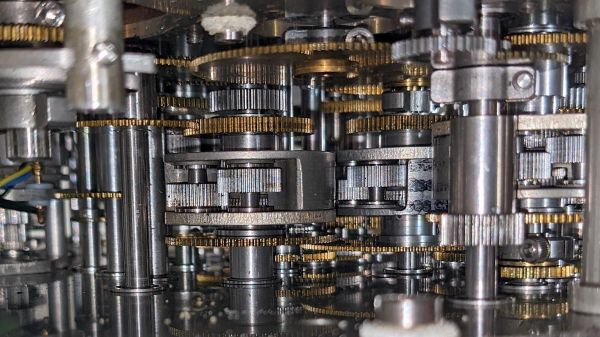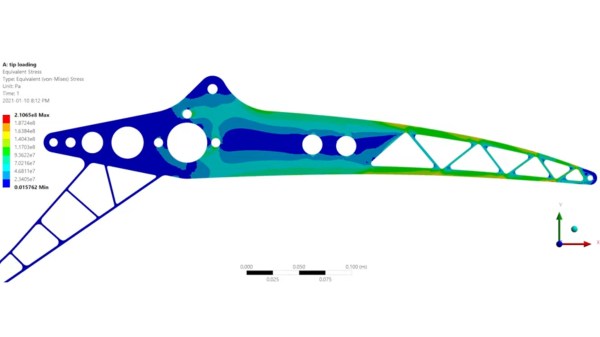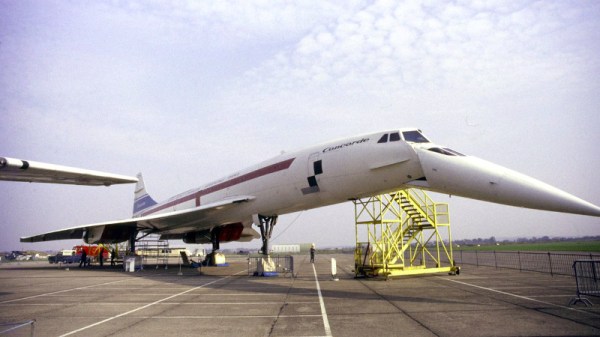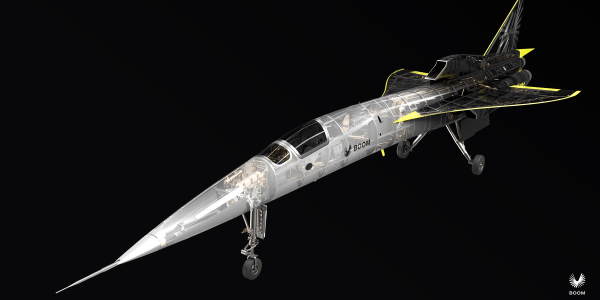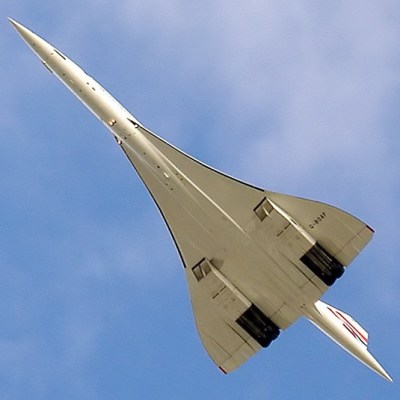How fast is the gas coming out from those little duster tubes of canned air? Perhaps faster than one might think! It’s supersonic (video, embedded below) as [Cylo’s Garage] shows by imaging clear shock diamonds in the flow from those thin little tubes.

Shock diamonds, normally seen in things like afterburning jet turbine or rocket engine exhaust streams, are the product of standing wave patterns that indicate supersonic speeds. These are more easily visible in jet plumes, but [Cylo’s Garage] managed to get some great images of the same phenomenon in more everyday things such as the flow of duster gas.
Imaging this is made possible thanks to what looks like a simple but effective Schlieren imaging setup, which is a method of visualizing normally imperceptible changes in a fluid’s refractive index. Since the refractive index of a gas can change in response to density, pressure, or temperature, it’s a perfect way to see what’s going on when there’s otherwise nothing for one’s eyeballs to latch onto.
Intrigued by this kind of imaging? It requires a careful setup, but nothing particularly complicated or hard to get a hold of. Here’s one such setup, here’s a Schlieren videography project, and here’s a particularly intriguing approach that leverages modern electronics like a smartphone.
Thanks to [Quinor] for the tip!


